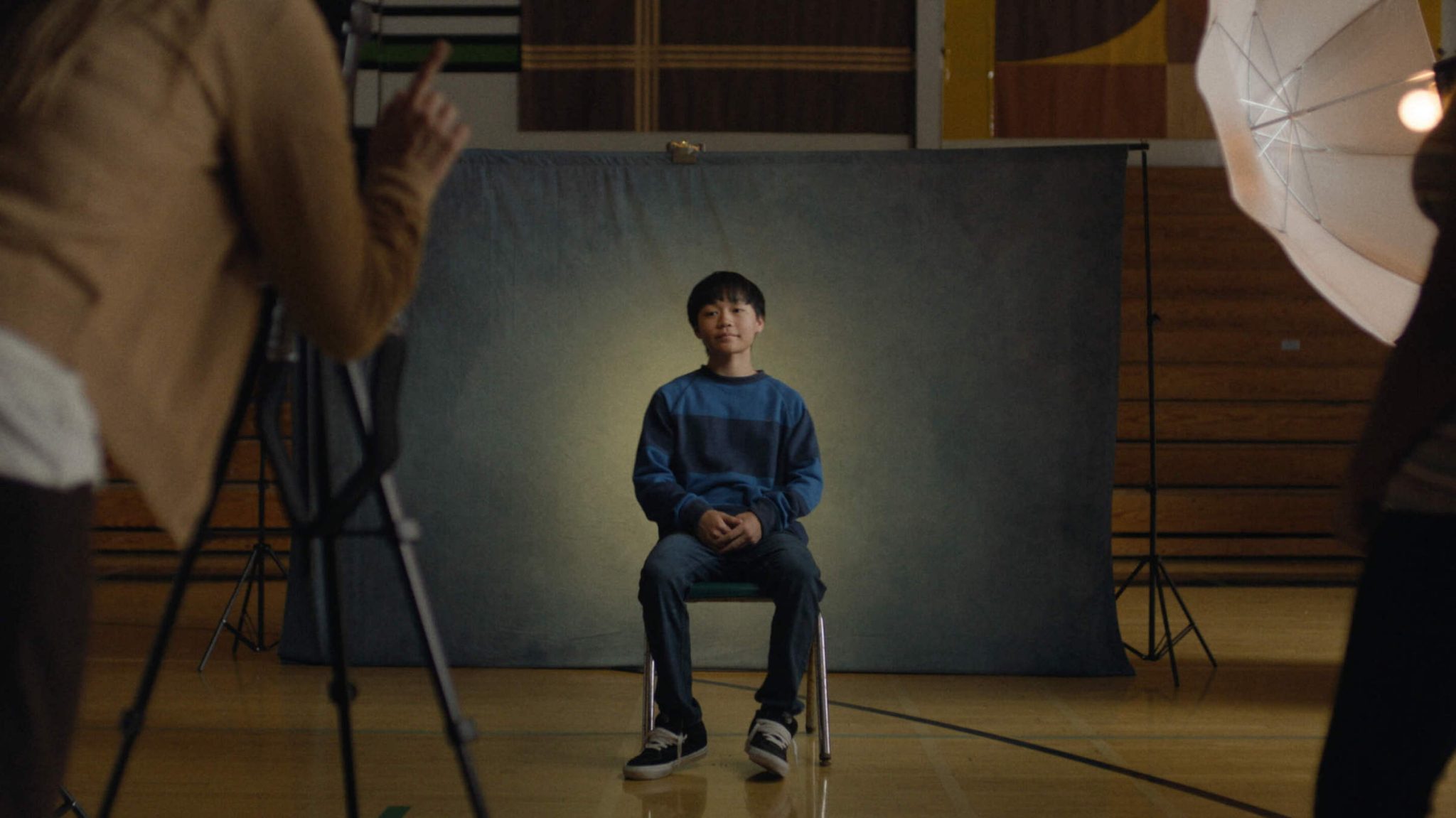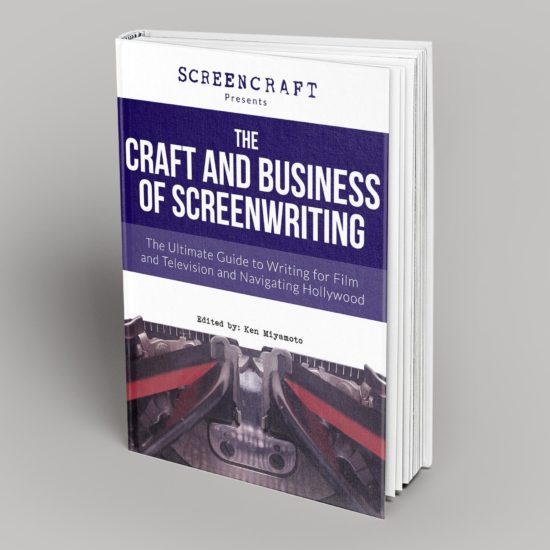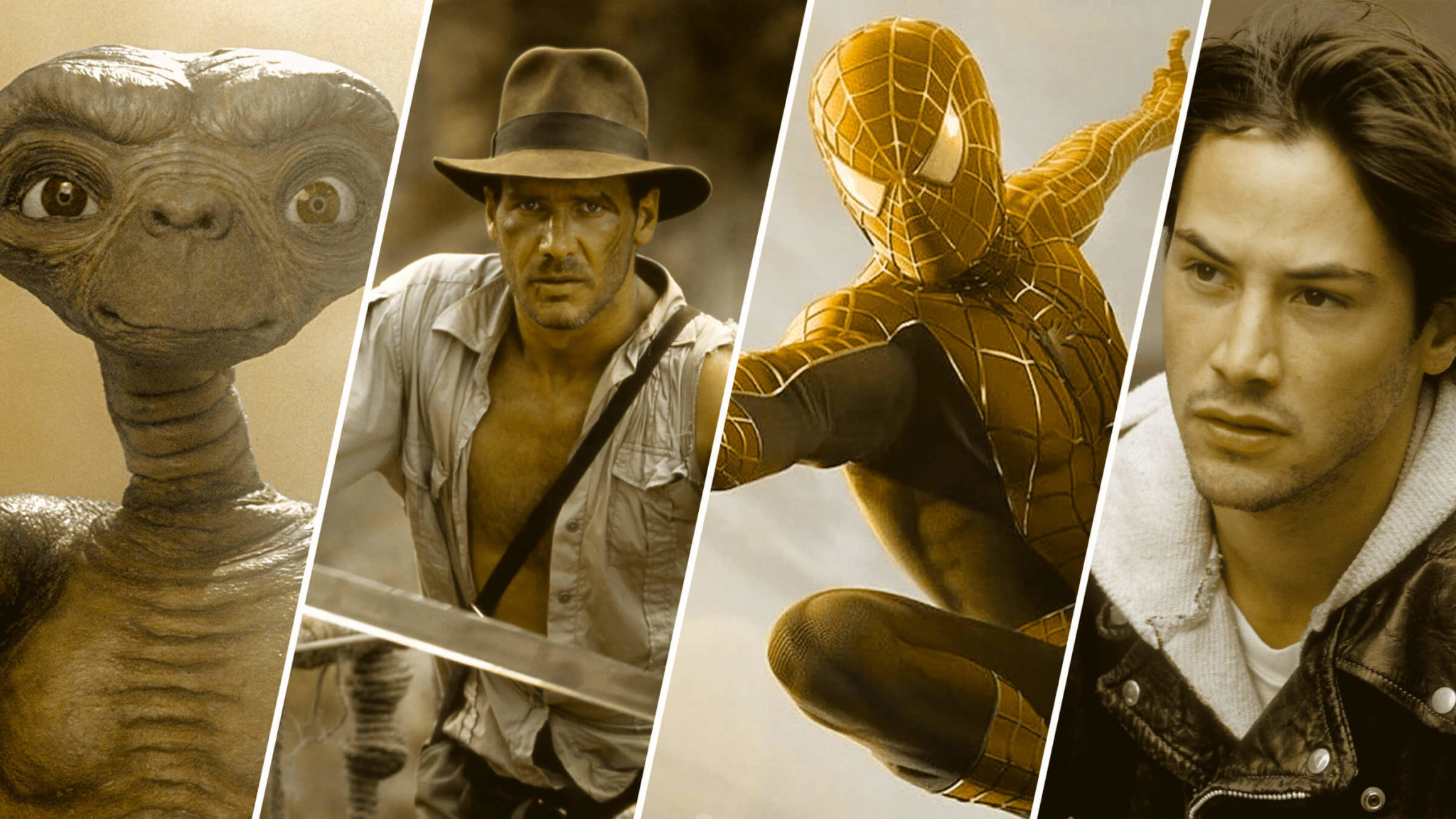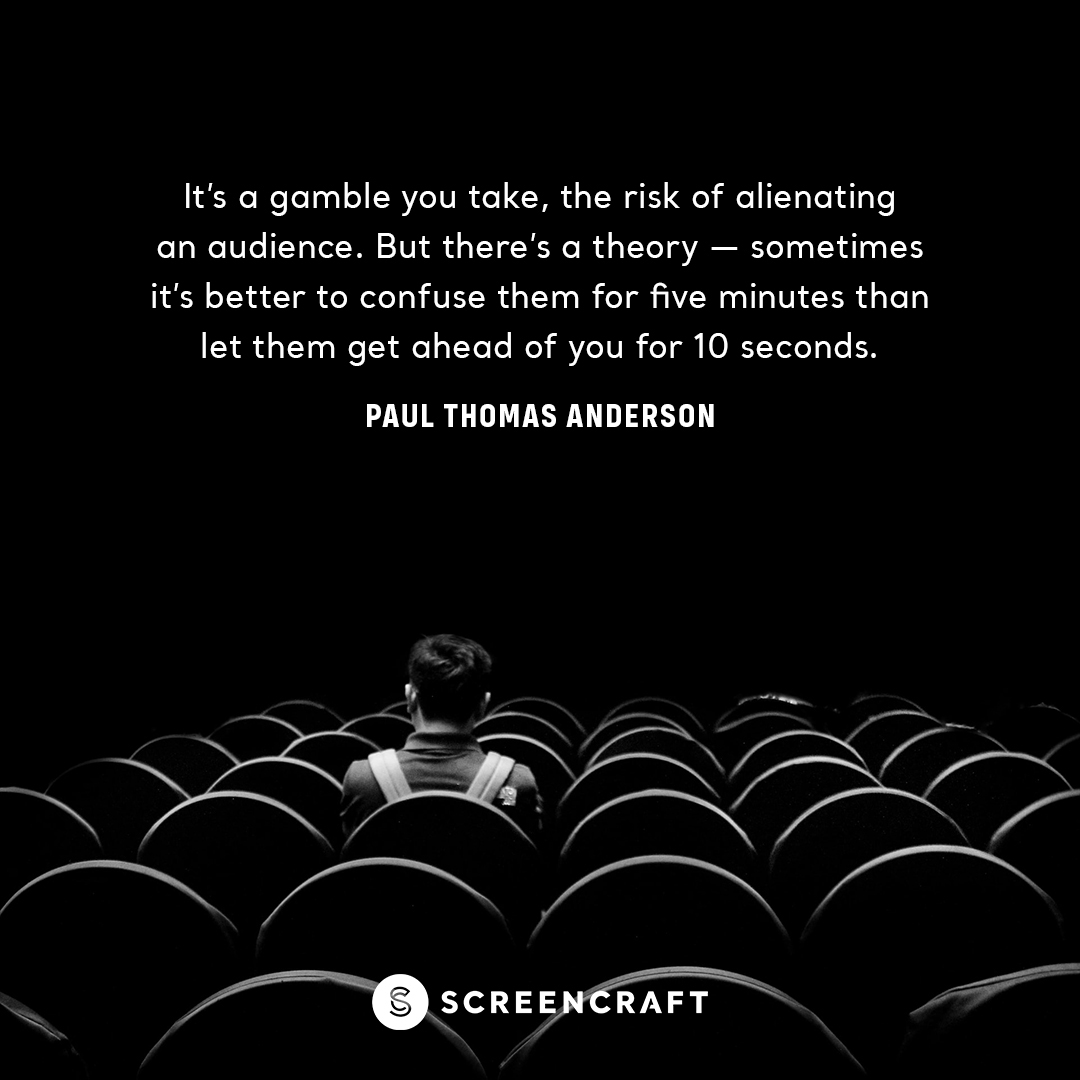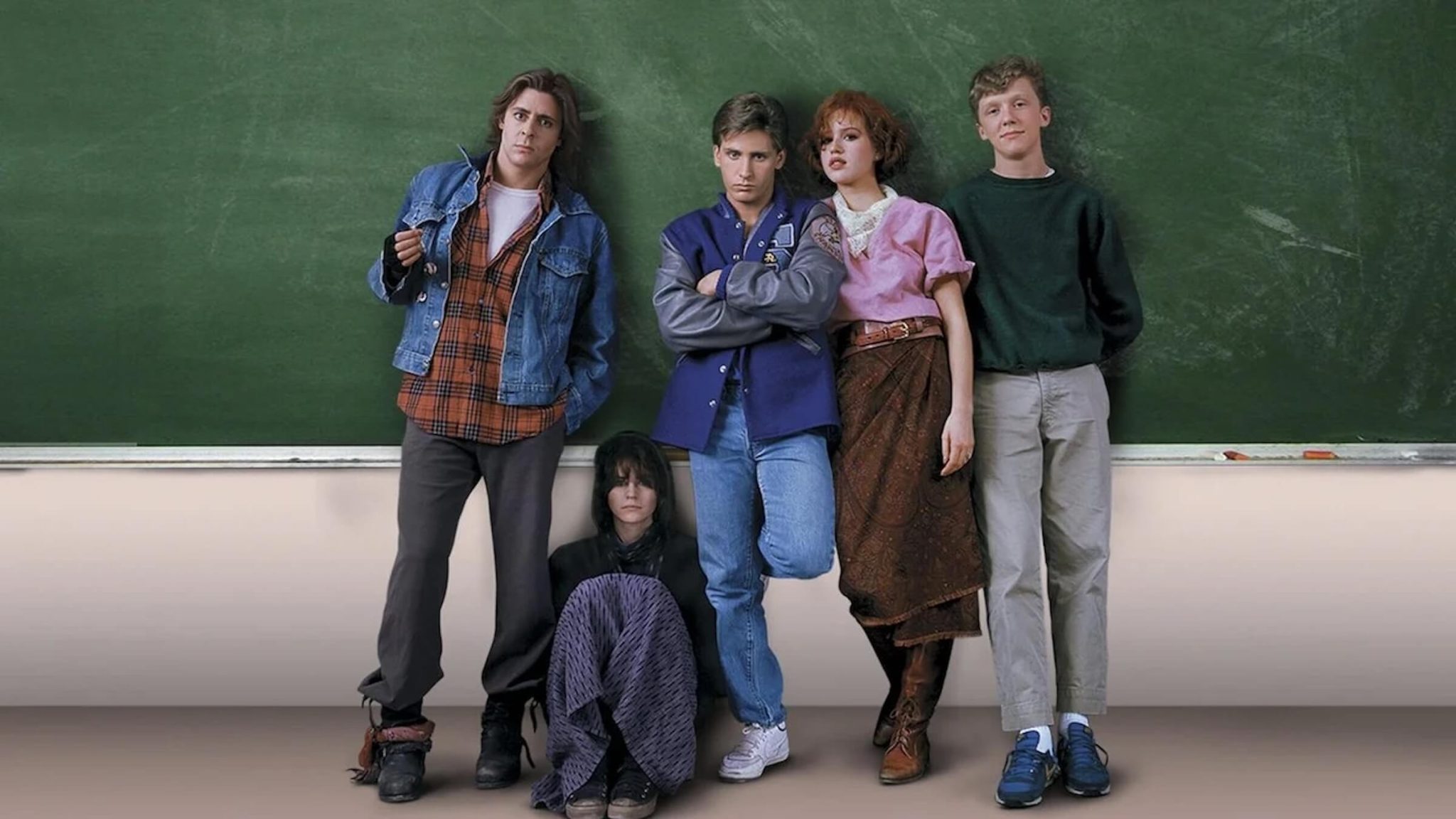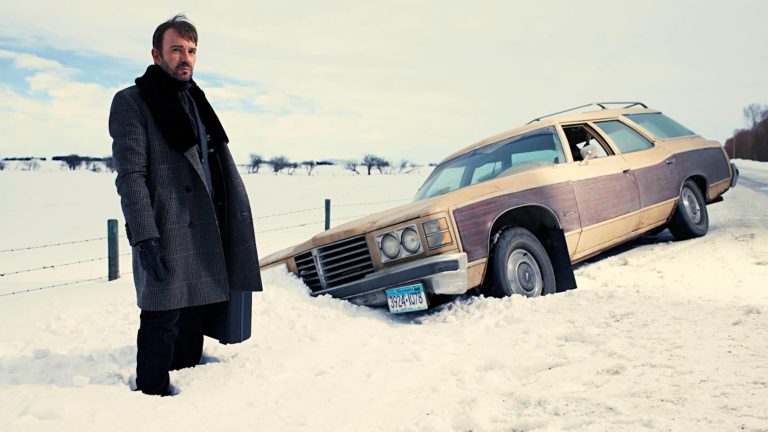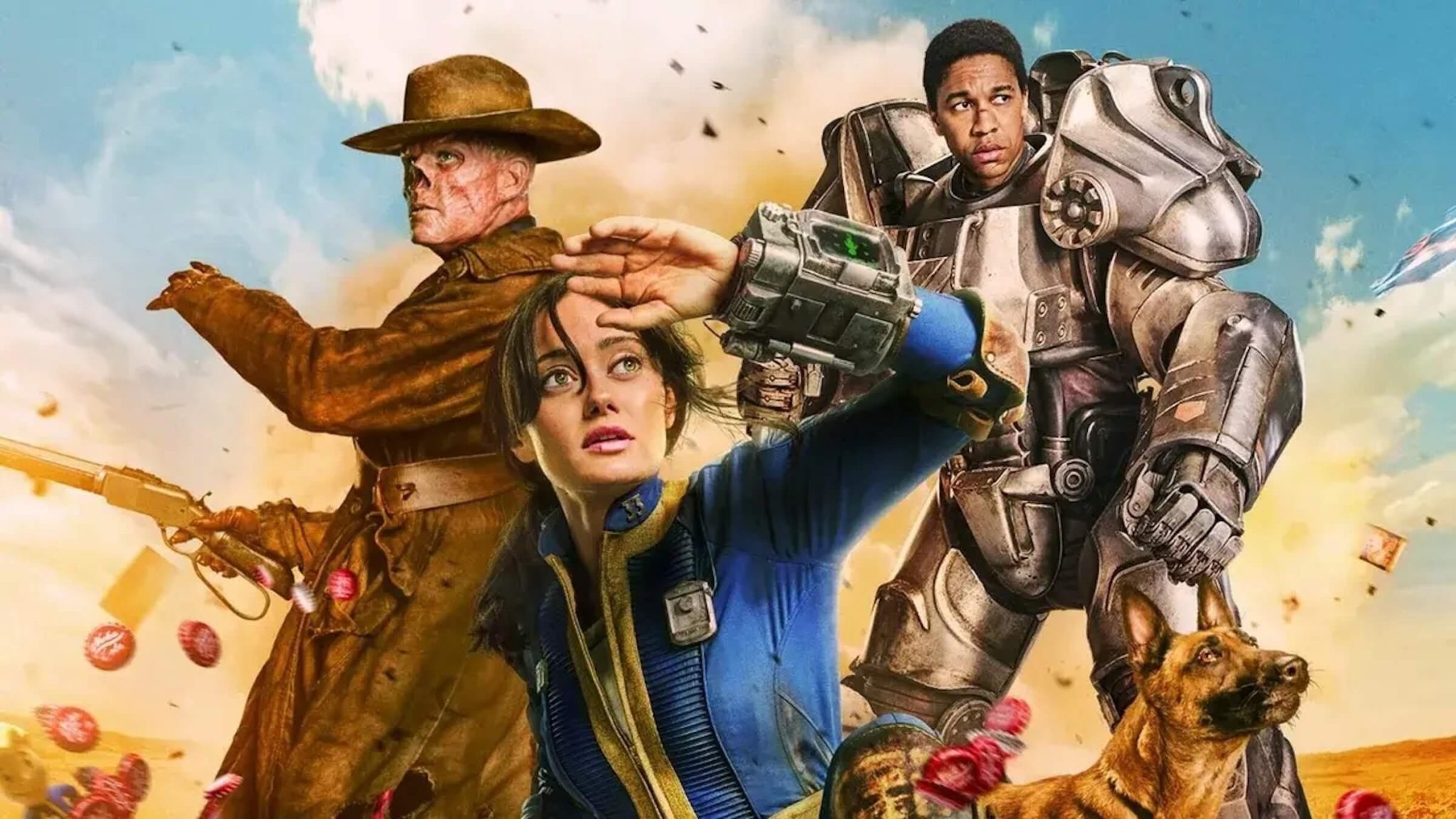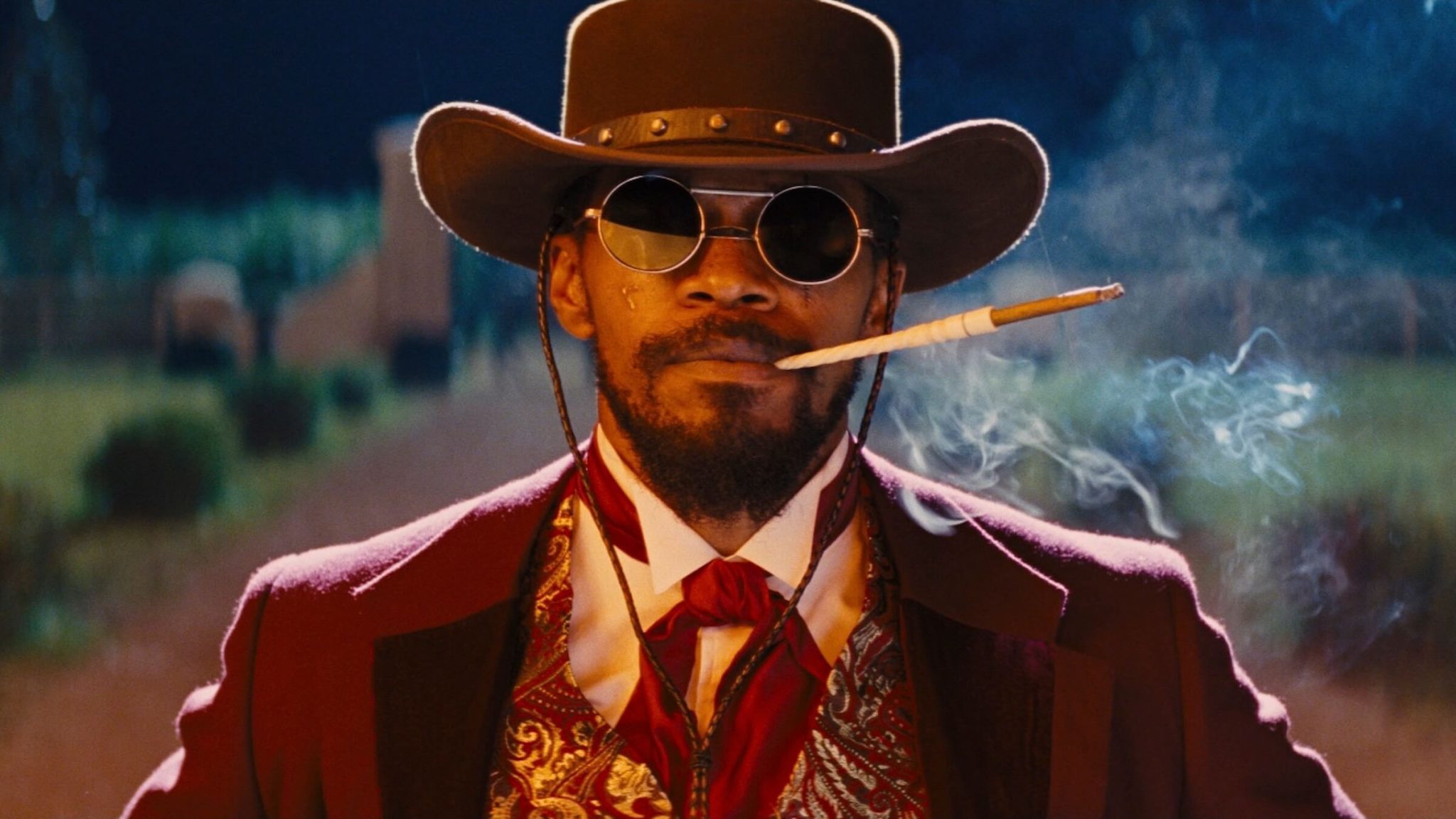What 'Dìdi' Can Teach You About Writing a Coming-of-Age Script
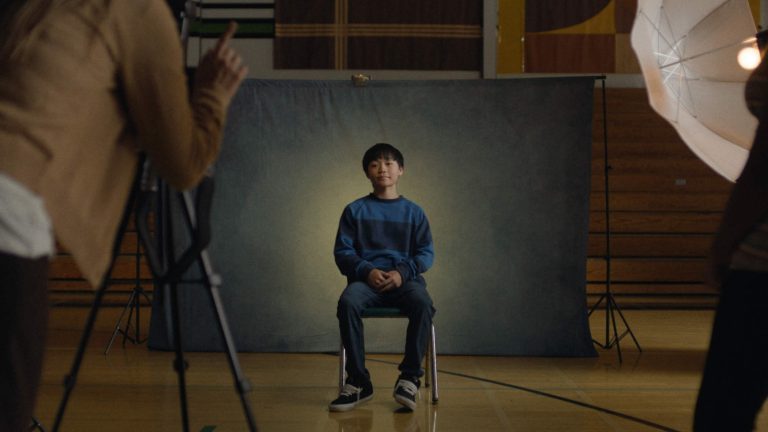
Growing up in the tech boom of the internet, social media, and flip phones was an experience that was unlike anything our parents or the generation after experienced. But it also sucked being a teenager at a time when we had to navigate the social politics of being online. This is at the heart of Sean Wang’s directorial-feature debut, Dìdi.
Flirting with your crush, navigating relationships with friends and family, and trying to discover who you are is central to some of the great coming-of-age movies. Add early social media–and I do mean early–and the culture of the Bay Area and you have Dìdi.
But coming-of-age movies are more than just the vibes of growing up, and Dìdi highlights how you can follow the tropes of the genre while adding something new to make one of the most notable coming-of-age films.
How to Write a Coming-of-Age Movie
Most coming-of-age movies follow a protagonist who is going through a transitional period in their lives. This storytelling genre is extremely popular as it touches on the great many “firsts” of life: romance, break-ups, graduating from school, or moving away from home.
Like most coming-of-age films, Dìdi touches on the three characteristics that define the genre:
- Character growth: These films follow characters who are trying to realize and achieve their idyllic features. With these more mature goals in mind, the audience watches the mental, emotional, and personal growth of a character from an innocent child to a perceptive young adult.
- Dialogue-Heavy: Unlike the action or horror genre, there are not a lot of spectacle moments in a coming-of-age movie. These movies often focus on the interior lives of the main characters and how they perceive the world around them. This means there is a lot of dialogue or silence to translate what the characters are feeling throughout the narrative.
- Saying Something: Every movie should have a thesis statement that ties the plot points together, but coming-of-age films always keep the thesis at the forefront, making it clear to the audience and the main characters what the lessons learned through the narrative are.
The beauty of the coming-of-age genre is how open it is to new and exciting ways to explore the complicated feelings we have with our pasts. From Greta Gerwig’s slice-of-senioritis in Lady Bird to the surrealist look at media and teens in Jane Schoenbrun’s I Saw the TV Glow, coming-of-age films are limitless in their ability to bend to other genres and visualize what many young adults felt in their childhood but didn’t have the tools to explain it to themselves or anyone else.
Read More: The 15 Most Important Elements of a Story
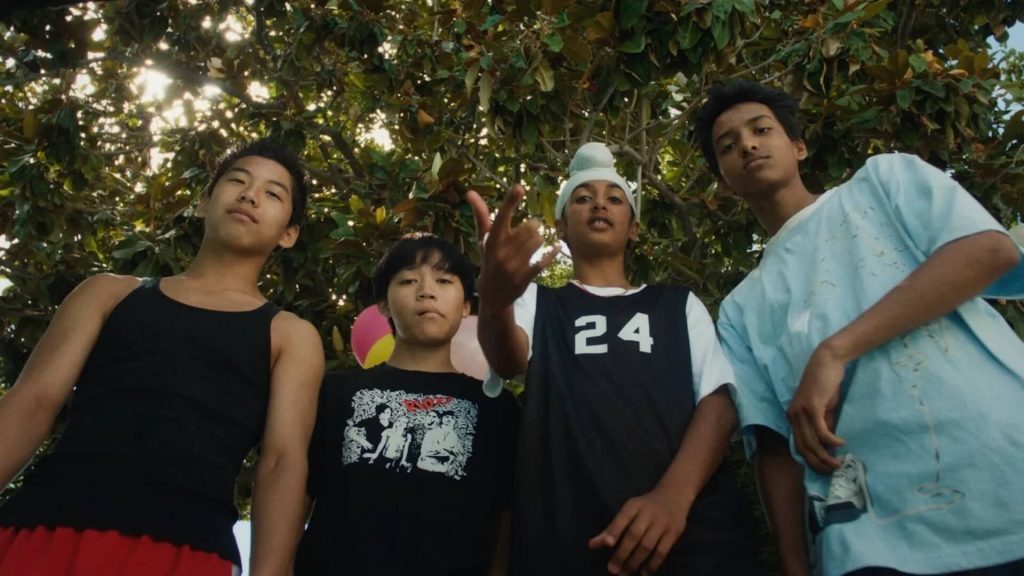
'Didi' (2024)
Coming-of-Age Movies Are Personal, Yet Relatable
Looking back at the past can feel a lot like looking back at the earlier photos on your Facebook: extremely memorable with a hint of cringe. But audiences like that feeling, which is why they keep returning to this genre of film over and over again.
Dìdi recreates the late ‘00s with love, showcasing the AIM chats, the fraught significance of Myspace’s top friends, and the early prank-filled days of YouTube. All this to say that nostalgia runs deep as Wang captures the growing pains of the teenage years. The semi-autobiographical story follows Chris (Izaac Wag), a 13-year-old Taiwanese American boy, as he steps out of his comfort zone to shoot skate videos and flirts with his crush Madi (Mahaela Park).
This semi-autobiographical story deals with adolescents and teen friendships with an open-hearted sincerity that was influenced by coming-of-age movies like Stand By Me. “I always loved movies about adolescence,” Wang tells The Guardian. “The quote at the end of Stand By Me where you don’t have any friends like the friends you made when you were 12—I do think the friendships I made during that time were so strong and heartfelt.”
While writing the film, Wang tried to unpack the feelings that haunted him in his 20s: “What does it feel like to be an outsider among outsiders, in a place where everybody shares a similar culture as you, yet you still don’t feel like you belong?”
For most people, this feeling is all too relatable—a hallmark feeling of the genre.
Through Chris, the audience relives that awkward moment of life of trying to act brave when insecurities are gnawing at your insides by stepping out and trying new things, all while trying your absolute best to not embarrass yourself. But for Chris, this comes through his relationship with race.
Whether it is race, gender, sexuality, or something else, the genre opens itself up for writers like you to explore ideas that were central to your evolution as a person and, in some ways, still are. Returning to these stories can be hard, but it is cathartic to bring realizations to characters going through one of the hardest transitional periods of their lives and to audiences who want to see this transformation on screen.
Read More: How to Approach Passion Projects & Personal Screenplays: Advice from a BAFTA Nominated Producer
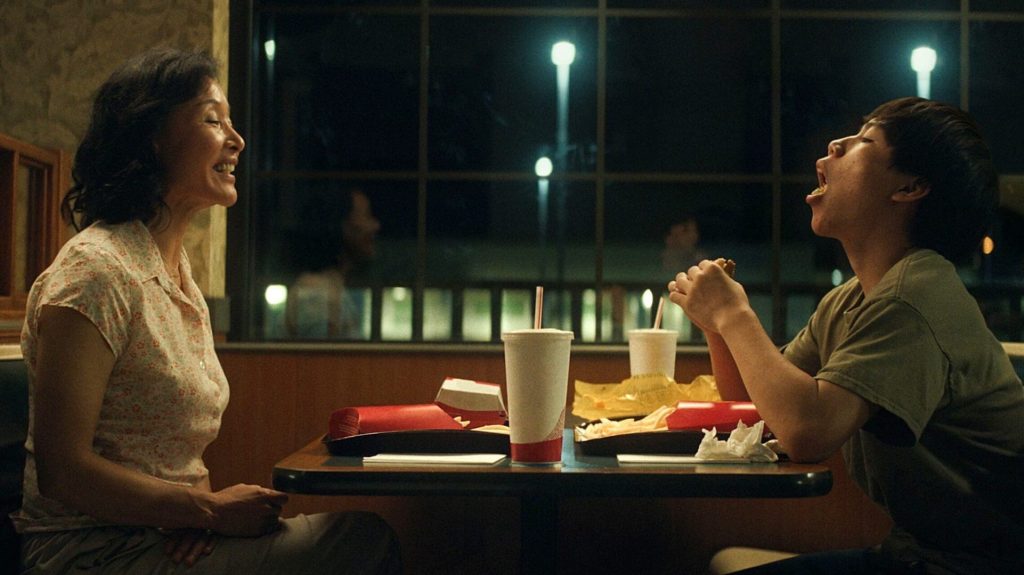
'Didi' (2024)
Finding Something New to Add to the Genre
One aspect that Wang noticed was missing when watching coming-of-age films like The 400 Blows, This Is England, and Ratcatcher was that he “never saw one that starred someone who looked like me or my friends. It felt like there was an opportunity there to contribute something new to a genre that I really love.”
Throughout the film, Chris surrounds himself with other people of color who assimilate into a toxic, white bro culture that is common among that age group, pushing Chris to step out of his comfort zone when he isn’t ready. Their slow drift apart alienates Chris even further. Madi, who may have issues with her own identity, backhandedly compliments Chris when she says he is “pretty cute for an Asian boy.”
Many of these pokes cause Chris to tell people he’s only half-Asian or accuse his mom of being too Asian. Chris wants to be himself in a world that wants him to be something else. When he does transform into the hyper-masculine cool kid people he thinks people want him to be, he comes off as cruel, isolating himself even further.
Chris’s loneliness and against is a defining feature in coming-of-age films, but Dìdi shines when it lets Chris be himself. From the absurd animation of him talking to a dead fish, a re-animated squirrel, and a fever dream of haunting figurines from a mini-golf course, the whimsical moments highlight that Chris is still a young child filled with dreams. He just doesn’t know what to do with those dreams yet.
The coming-of-age genre highlights that we all have very similar feelings growing up, but the genre has often excluded some voices or ideas from the conversation. Finding what is missing in the genre can be the spark that ignites the story and could be extremely valuable to audiences looking for themselves in cinema.
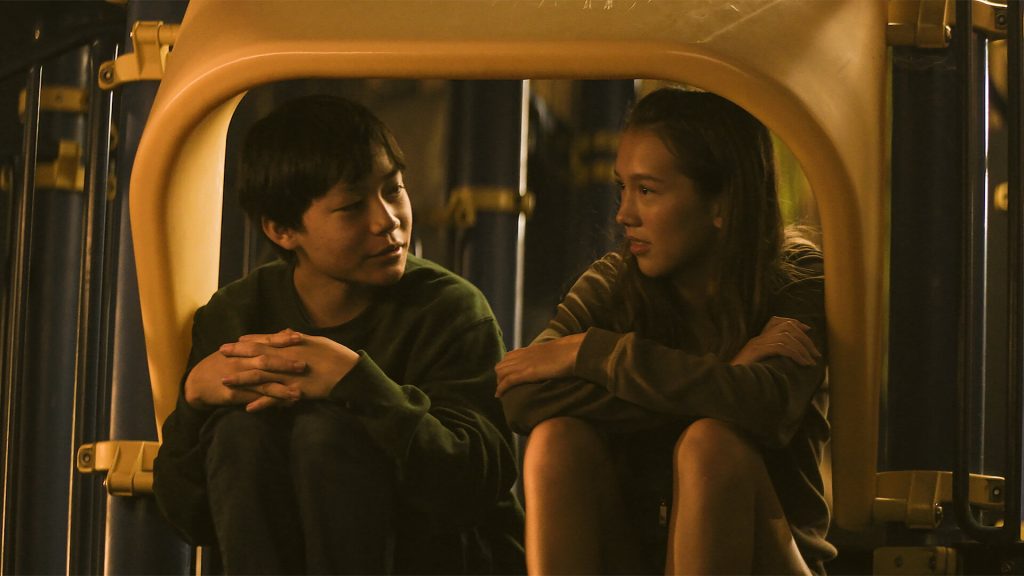
'Didi' (2024)
---
Coming-of-age movies can be a cringy yet nostalgic look at the past. While there are many great ones to study, Dìdi reminds screenwriters that something new needs to be added to the genre. This doesn’t mean ignoring the tropes of the genre.
Instead, screenwriters should focus on the challenge that the main character is attempting to overcome on their journey to maturity. The road will be tough, but everything will feel worth it in the end once the lesson is fully realized.
Read More: Why the 'Barbie' Movie is the Perfect Example of the Hero’s Journey
Try our Genre Notes and get matched with a reader with relevant industry experience!
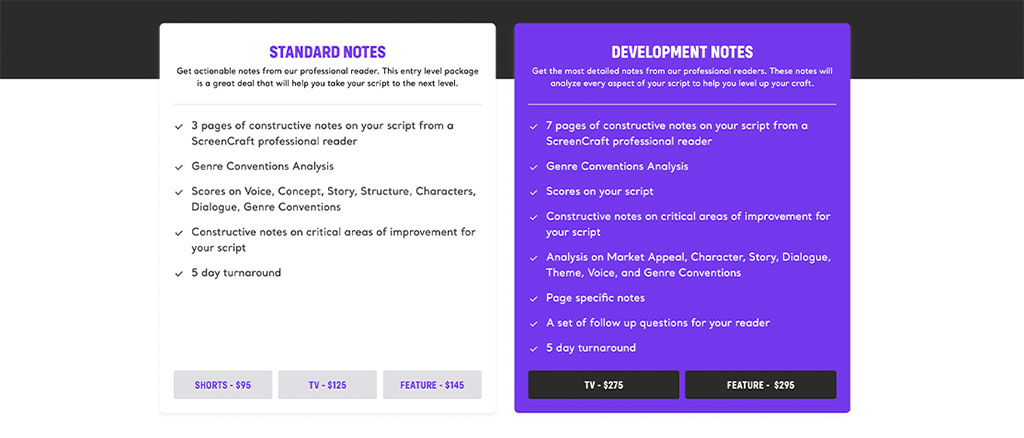
Tags
Get Our Screenwriting Newsletter!
Get weekly writing inspiration delivered to your inbox - including industry news, popular articles, and more!



